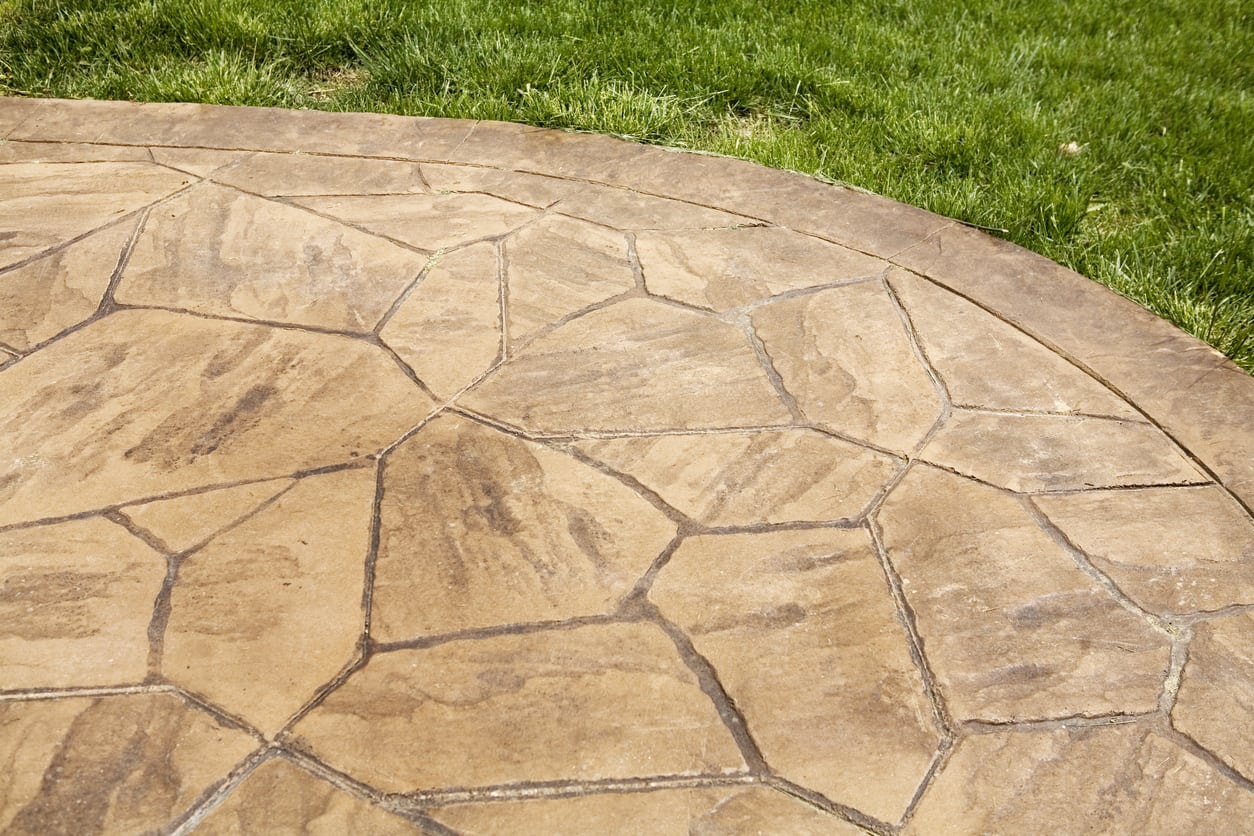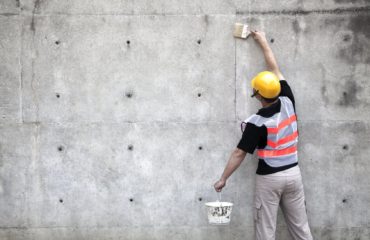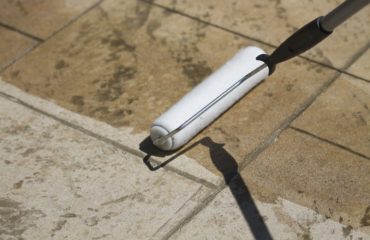As the trees begun to bud and the birds are chirping We are officially welcoming spring! With warmer temperatures and longer days it can mean only one thing – outdoor concrete sealer season has commenced.
With the change of the weather our honey-do lists keep growing. One of the easiest projects you can add to the list is sealing your patio or pool deck. With a plethora of sealing options available on the market – choosing one can seem overwhelming and complicated. But here at Concrete Sealer Reviews, we have tried to make choosing one as painless as possible.
If your patio or pool deck is stamped concrete, nine times out of ten you are going to want to use a high gloss, wet-look sealer to really enhance , darken and bring out the beautiful colors and textures. This finish is typically achieved by using a solvent based acrylic or methyl-methacrylate. Although they are going to have higher VOC’s, (smell or odor during application), they really are the best option to get that decorative look. All that being said if this is the finish you have your heart set on, there is going to be some maintenance involved. Most acrylics need to be reapplied every year to three years depending upon the amount of deicing salt and UV exposure.
If you are not a big fan of the wet look, and are looking for protection without an artificial looking finish, your best bet is going to be a penetrating sealer. Penetrating sealers can range from silicates, siliconates, silanes, siloxanes or blends of these chemistries. For exterior applications, silanes/siloxanes are going to provide the longest lasting protection – especially when exposed to salts, sun, stains and weathering. The water beading or water sheeting effect these sealers boast usually fades after the first few years, but because the active ingredients are able to penetrate into the concrete, protection can last upwards of ten years.




